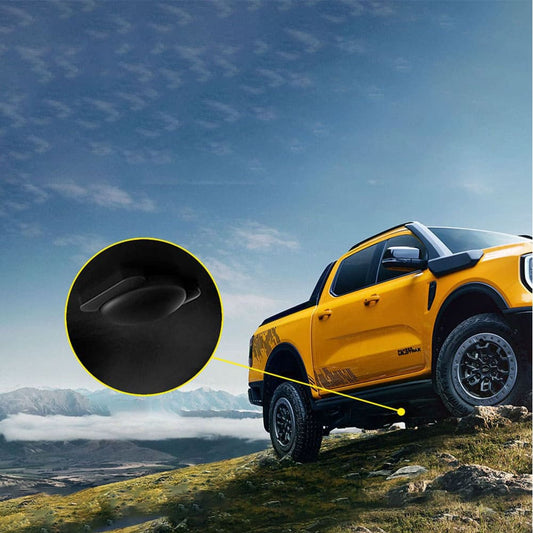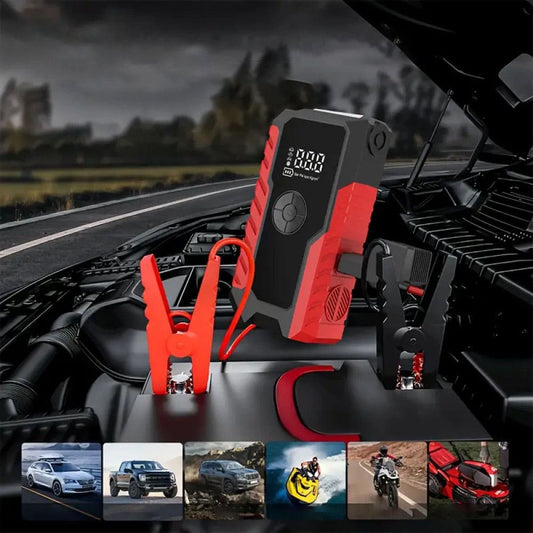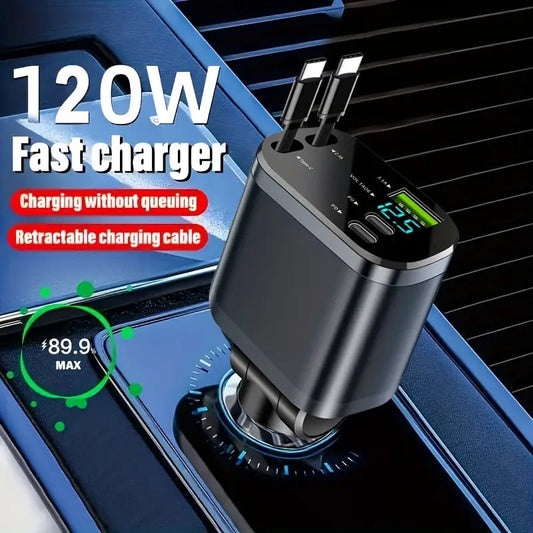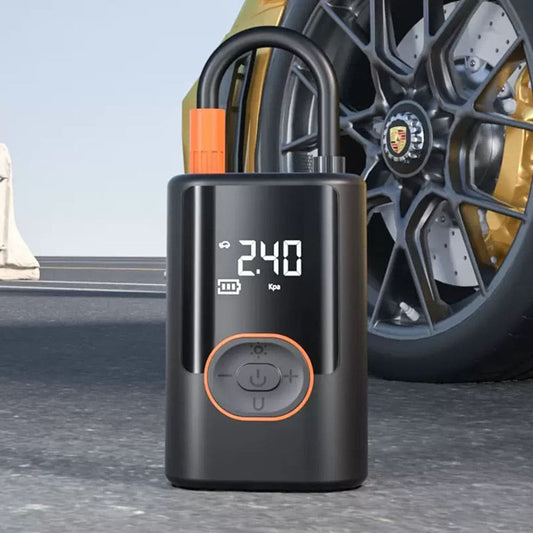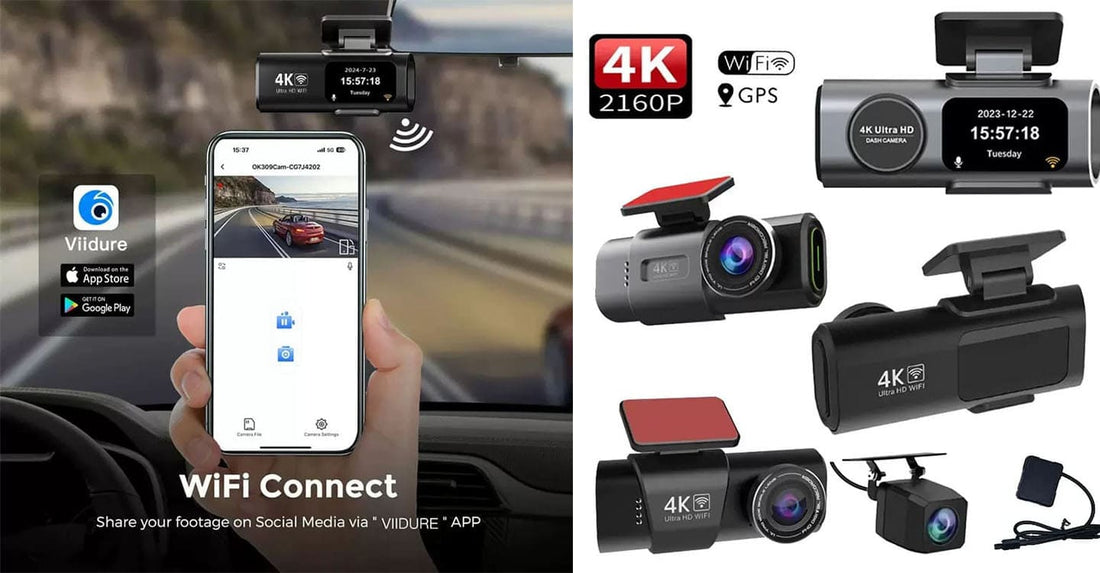
Do Dash Cams Record Audio? Everything You Should Know
Share
Dash cams are widely used to record video footage during drives—but can they also capture sound? In this guide, we’ll explain how dash cam audio recording works, the benefits it offers, legal aspects to consider, and how to manage audio settings on your device.
🎙️ Why Record Audio on a Dash Cam?
✅ Add Context to Video Footage
Capturing audio along with video offers a fuller account of road incidents. Conversations, warning sounds, or background noise can support your version of events in the case of a dispute or accident.
✅ Enhance Driver Monitoring
For fleet managers or rideshare drivers, audio monitoring can help assess driver performance and ensure professional behavior. Some advanced car cameras use this feature to encourage safer driving habits.
✅ Support Insurance Claims
When filing an insurance claim, sound recordings can provide key details—such as an admission of fault or environmental context—that video alone might miss. This can speed up claim resolution and reduce fraud risk.
✅ Document Roadside Interactions
Whether interacting with police or other drivers, an audio log helps protect your interests. Having a clear record can prevent misunderstandings or false accusations.
✅ Improve Passenger Safety
If you drive for Uber, Lyft, or another service, recording audio may deter misconduct and offer proof during disputes. Combined with video, this creates a safer environment for both drivers and passengers.
🎧 How Does Dash Cam Audio Recording Work?
-
Built-in Microphone
Most modern dash cams include a built-in microphone that captures interior sound automatically. -
Audio-Video Sync
Sound is synchronized with video clips to provide a cohesive recording of events. -
Saved to Memory Card
Audio recordings are stored alongside video files on the dash cam's memory card, typically in a loop that overwrites older footage unless locked. -
Audio Control Settings
Many dash cams allow users to enable or disable the mic via a settings menu, app, or physical button. -
External Mic Support
High-end dash cams may support external microphones for improved sound quality and noise reduction.
🔧 How to Turn Dash Cam Audio On or Off
-
Via Settings Menu
Access your dash cam settings and look for “Microphone” or “Audio Recording” options. Use the toggle to activate or deactivate. -
With Physical Buttons or Voice Commands
Some models support quick mic control via hardware buttons or hands-free voice commands (e.g., “Mute audio”). -
Adjust Sensitivity
Premium models may let you fine-tune mic sensitivity or filter out unwanted road noise. -
Confirm & Save Settings
Always save changes and reboot the dash cam if required. Test audio to ensure it's functioning as expected.
⚖️ Is Audio Recording with Dash Cams Legal?
The legality of dash cam audio recording varies by region:
-
In two-party consent states/countries, everyone being recorded must be informed and agree.
-
In one-party consent areas, only one participant needs to approve.
To stay compliant:
-
Check your local laws before recording.
-
Inform passengers when audio is being captured.
-
Disable the mic during private conversations if needed.
❓Frequently Asked Questions (FAQs)
📌 Do Dash Cams Always Record Audio?
Not by default. Most allow you to toggle audio recording on/off in the settings.
📌 How Long Does a Dash Cam Record Audio?
As long as the device is powered and the memory card has space, it records in loops—typically 3 to 5-minute segments.
📌 Can Dash Cams Capture Outside Audio?
Only faintly. Built-in mics are optimized for in-car sound. To capture exterior sound clearly, an external microphone is needed.

